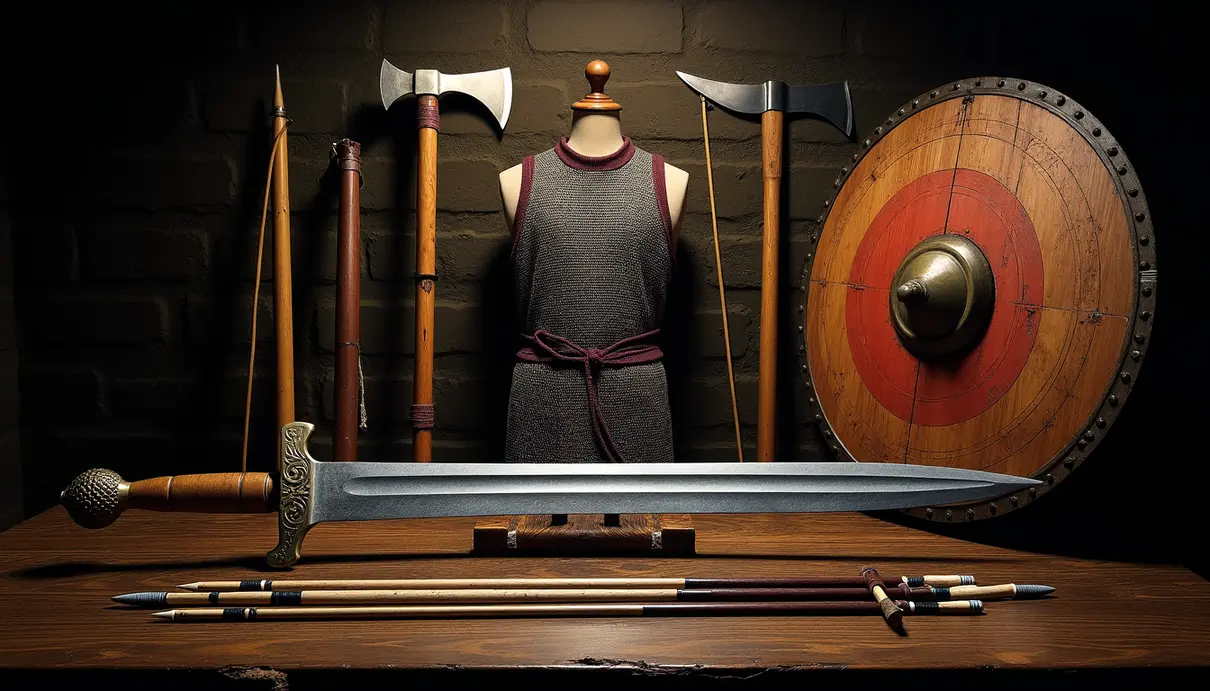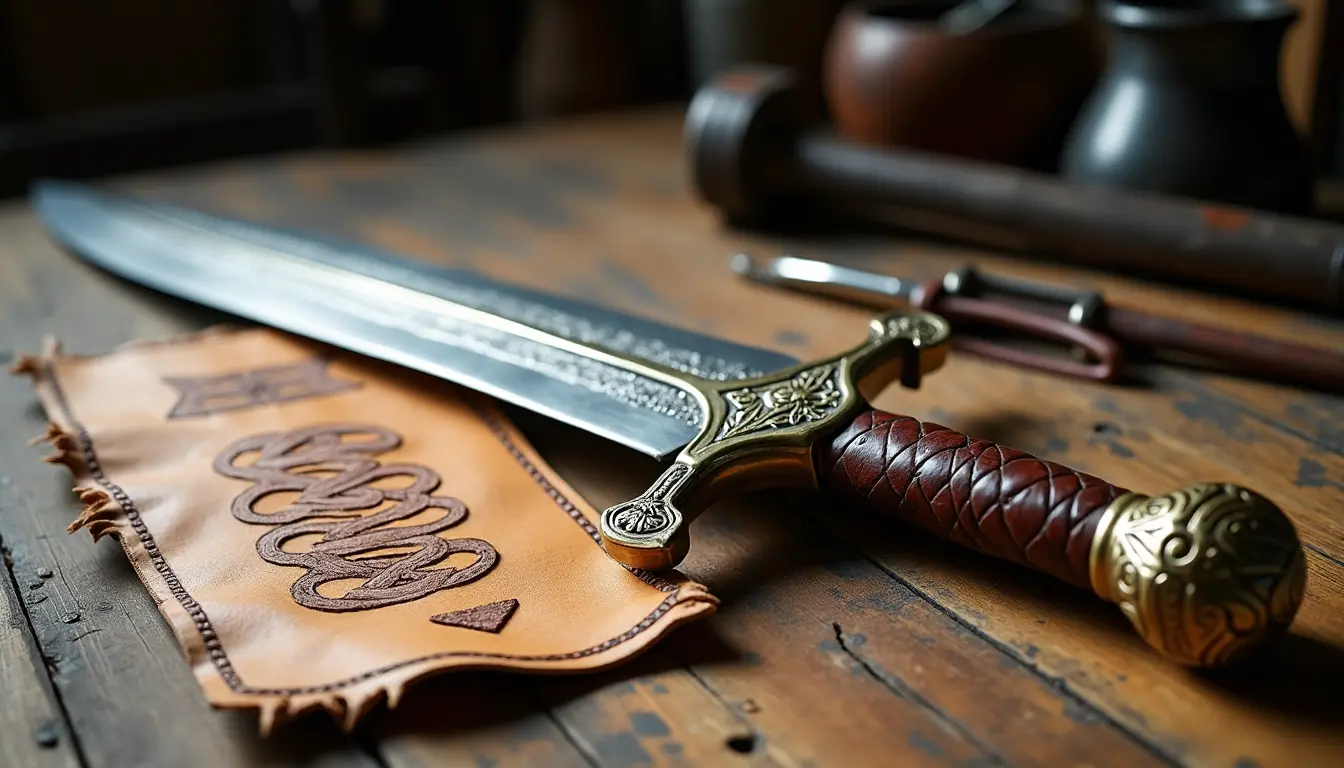

Viking Axe Historical Legacy: Power, Craftsmanship & Influence
The Viking axes from 793 to 1066 AD left a significant mark on European history. These axes were not just tools of war but also played a crucial role in shaping Viking society and culture. The craftsmanship of these weapons was exceptional, with intricate designs and decorations that showcased Norse mythology. The evolution of these axes from simple tools to powerful symbols is a testament to their historical significance.
The Viking word for ax, “øx,” had a deeper meaning in Norse society beyond just being a tool. It represented power, authority, and connection to the divine. The ax was a cultural symbol that played a vital role in ceremonies, rituals, and daily life. Rich Vikings decorated their axes with precious metals and intricate carvings, showcasing their social status and identity.
The engineering marvel of Viking axes is evident in their design features and construction. Viking blacksmiths used high-quality materials and innovative techniques to create durable and effective weapons. The balance of form and function in these axes demonstrated the expertise of the craftsmen in physics and metallurgy. The axes were not just weapons but also works of art that reflected the technological progress of the Vikings.
Beyond the battlefield, Viking axes were essential tools in daily Norse life. From farming to construction, these versatile implements were used for various tasks. They also had ceremonial and religious significance, with decorated axes being used in rituals and as burial offerings. Viking axes were also valuable trading items, symbolizing power and diplomacy in Viking society.
In modern culture, Viking axes continue to influence weapon design and popular media. Modern manufacturers have adapted Viking ax designs for tactical and survival tools, focusing on durability and versatility. These axes are popular among outdoor enthusiasts and in martial arts training. In popular culture, Viking axes are featured in TV series, video games, and literature, showcasing their historical significance.
In conclusion, Viking axes are more than just weapons—they are symbols of Norse ingenuity and craftsmanship. Their versatile nature and cultural significance have made them timeless artifacts that continue to inspire modern designs. The stories behind these axes offer a glimpse into Viking society and the values they held. The legacy of Viking axes lives on in modern tools, weapons, and entertainment, preserving their historical relevance for generations to come.







